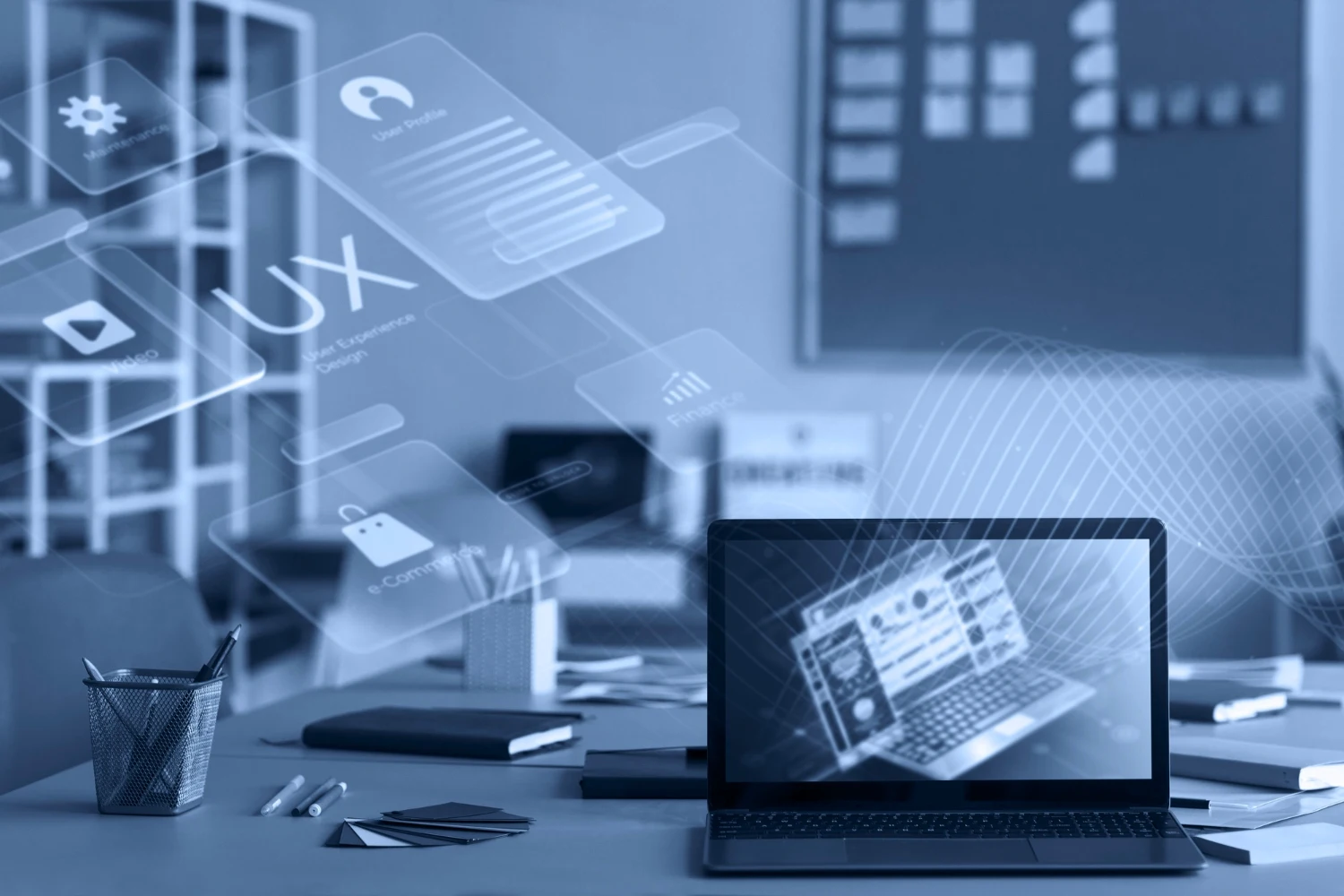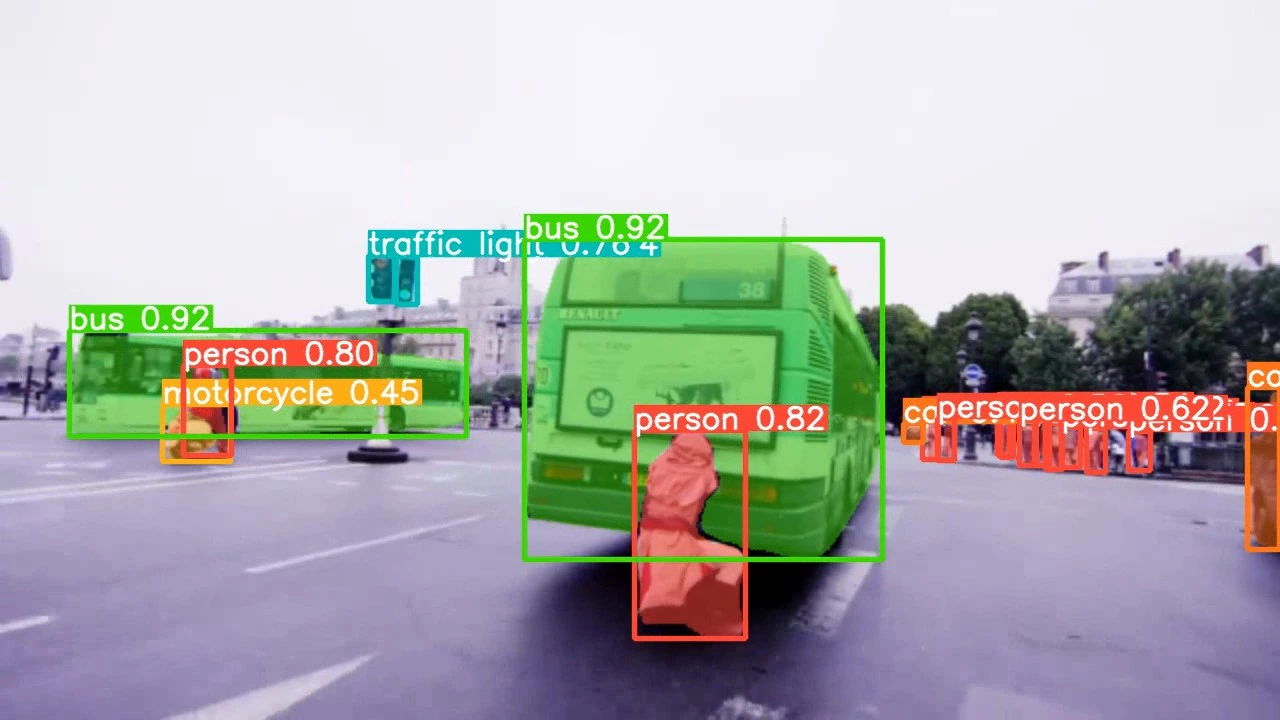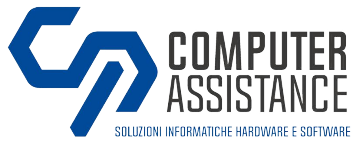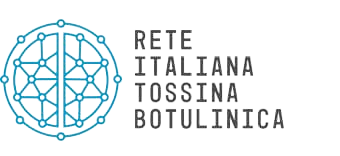If we talk about the fourth industrial revolution, we talk about Smart Factory.
These are now a reality and are the natural evolution of the companies that have made the effort to follow the path of digital transformation.
Becoming a Smart Factory means first of all building an industrial strategy based on the development ofcomputerization of industry, which passes through the so-called Software 4.0.
The point of arrival is to not be left behind and to remain competitive within a market paradigm, which sees the economy increasingly globalized, digital and connected in real time.
In short, business runs at an accelerated pace and the competition bar is rising exponentially. What is at stake is the survival of the company on the international stage.
The imperative is therefore to make the most of the potential of the tools that technological and digital innovation makes available to align your business with the new and extremely dynamic demand.
From this perspective, it is important to understand the usefulness of software for Industry 4.0, the true driving force of this revolution whose strategic relevance has probably not yet been fully understood, as we will see later.
Application context
The Smart Factory, in a nutshell, can be defined as the realization of the principles ofIndustry 4.0.
A transformation that involves a new configuration, orchestration and integration of processes that see digital solutions adopted on multiple levels: 3D printing, robotics, Cloud Computing, IoT, Cybersecurity, Big Data Analytics.
Remaining competitive within this context in which companies make their digital transition requires first and foremost personalization and localization of products and services, operational efficiency (i.e. the ability to do more with less), decision-making speed and of time to market (to serve increasingly demanding customers and burn out the competition), process governance and forecasting ability.
The achievement of these results cannot therefore go through the sole investment in latest generation hardware tools, but must instead take into account a design of the systems and production processes that introduces theArtificial intelligence to safeguard industrial workflows, the integration between the systems that make up the entire corporate architecture, and as a key to product research and innovation.
Precisely in this context the Software for Industry 4.0.
Software goals for Industry 4.0
Personalized products and individualized services require extremely reactive industries, quick to adapt their production to the specific and increasingly changing needs of customers.
The challenge therefore becomes that of increasing productivity in the face of mass-customized products, also improving efficiency in the management of energy resources and reducing the time-to-market for placing products on the market.
It is therefore necessary to become an agile company and increase flexibility, efficiency, simplicity, security and speed.
These are the objectives of Software 4.0, capable of guaranteeing smart, connected and integrated automation. Crucial aspect for those companies that want to remain competitive in the current economic and market scenario.
The applications of Software 4.0 are multiple and vary based on the same architecture and strategic corporate setting. The real advantage is in fact that of being able to calibrate these tools to the needs and strategic objectives that each company sets for itself.
To give an example, let's take into account the need to manage huge amounts of data. We are obviously talking about Big Data coming from the network or which make up the entire company value chain: production, warehouse, distribution channels, personnel, suppliers, customer relations.
The application of specific Software 4.0 can guarantee to achieve maximum integration of this area.
An operation that would mean being able to benefit from the optimization of all processes, the reduction of all types of errors, the energy efficiency of the factories, but also greater flexibility in each processing phase, speed and immediacy of the data in the relationship with customer.
All aspects that accompany other innovations of the industrial revolution 4.0, such as robotics, automation and high-speed connectivity between the elements of the supply chain.
In fact, the prerogative of these dedicated software is that they integrate perfectly with management and operational software already in use, in order to optimize the management of productivity standards.
Results of the Transition Plan 4.0
Corporate investment for the digital transition and the purchase of tangible and intangible assets has been (and is, for a short while) the subject of important relief thanks to the tax credit provided for by the National Transition 4.0 Plan, financed with PNRR funds, aimed at stimulating investments by companies with a view to innovation and modernization.
We are talking about important benefits, through which it is possible to get back a portion up to 40% of the investment for purchased tangible assets and up to 70% for intangible assets, a category under which software for industry 4.0 falls, as well as 4.0 training.
According to a document, published at the beginning of October 2022 by the Ministry of Economic Development, it emerges that overall, up to the time of its publication, tax credits of 2.2 billion euros had accrued.
Of these, just under a billion refers to tax credits relating to the purchase of capital goods, which includes tangible and intangible goods for Industry 4.0, and just over 800 million to tax credits for research, development and innovation, and around 400 to the tax credit for training 4.0.
Although the results regarding tangible assets 4.0 can be considered satisfactory, because they are already close to the hoped-for data, the same cannot however be said regarding intangible assets 4.0.
Just over 3,500 companies have in fact taken advantage of the benefits in this direction, compared to a target number of over 27 thousand in the two-year period 2020/22.
A figure that also goes against the trend with respect to investments in research, development and innovation, where the companies that have benefited from the tax credit reach 16 thousand, and above all compared to training 4.0, for which the target of one thousand companies was exceeded by 10 times.
This shows how companies have certainly understood the potential represented by a first digital turning point in their operational flow, but have neglected to focus on what represents the true beating heart of digital transformation: Software 4.0. However, there is still time left. In fact, it will still be possible to access the tax credit of the National Transition Plan 4.0 until the end of the year (31 December 2022).
For this reason, we invite you, finally, to learn about the vast range of services offered by Noitech, with which we can accompany businesses within the new digital economy in a simple way, designing the most suitable solutions for every single need and with professionalism. that has always distinguished us.






















